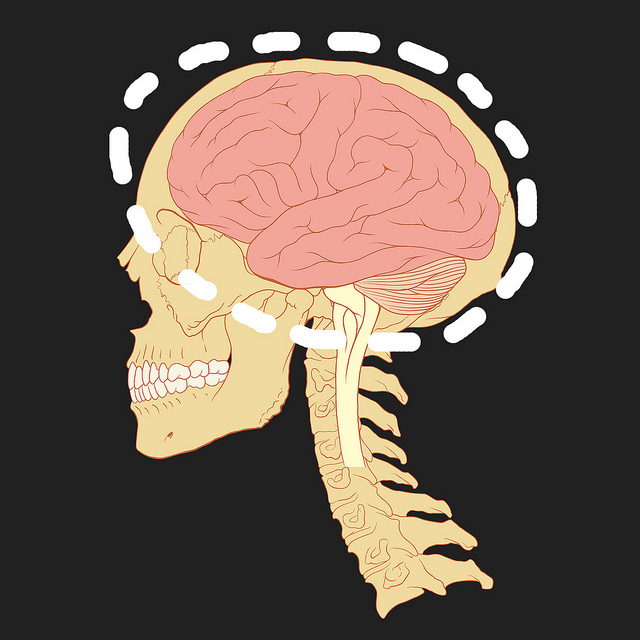While we often associate head injuries with high-impact sports like football, cycling is actually the top sport for such traumas—and it leads by a wider margin than you might think.
The New York Times health blog, “Well,” suggests that cycling is one of the more dangerous sports as it relates to head injuries. According to data “Well” cited in June 2013 from the American Association of Neurological Surgeons, cycling accidents contributed to about 86,000 of the 447,000 sports-related head injuries treated in the ER in 2009. Football injuries, contributing to about 47,000 injuries, accounted for slightly more than half of cycling’s number. 
Many of these injuries were the result of cyclists choosing to not wear helmets. The Times article also cited data from helmets.org, which reported 91% of cycling deaths in 2009 and 70% of cycling deaths in 2010 occurring in bikers who had no helmet use. While helmets do not guarantee head safety or even life itself, helmet use drastically reduces your chance of receiving a traumatic brain injury in the case of a fall or collision.
Traumatic brain injuries are the leading cause of death from sports-related injuries. Traumatic brain injuries (TBI) are defined as a blow or jolt to the head, or a penetrating head injury that disrupts the normal function of the brain. When the head violently comes into contact with an object or surface, or when an object or surface pierces the skull and comes into contact with brain tissue, a traumatic brain injury occurs. The symptoms of traumatic brain injuries vary from mild to severe, resulting in anything from small changes in consciousness to comas and even death. Trauma to the head can result in emotional, cognitive, sensory, and motor impairments, all of which can lead to more permanent disabilities. One fall from only a few feet off the ground can result in a lifetime of neurological issues and side effects.
The American Association of neurological Surgeons estimates that more than 500,000 people visit the ER with bicycle-related injuries each year in the United States alone. There are roughly 600 bicycle-related deaths each year, and two-thirds of these deaths are attributed to traumatic brain injuries.
In addition to being named the top sport for head injures, cycling is also #1 in the American Association of Neurological Surgeons list of sports-related head-injuries in children age 14 and younger. Approximately 50% of all American children age 5 to 14 say they own a bicycle helmet, but only 25% say they always wear that helmet while cycling.
While it is important to also wear proper clothing and shoes while biking, there is nothing more important for a cyclist than protecting their brain. Traumatic brain injuries usually permanently alter or disable the victim, resulting in a lifetime of difficult and pain—if the victim survives. The easiest way to avoid traumatic brain injuries is to wear a proper helmet and to replace your helmet as needed. Wearing a helmet, and ensuring your children always wear a helmet, is an easy step that can literally save lives down the road.
Photo Courtesy of J E Theriot and Creative Commons.
